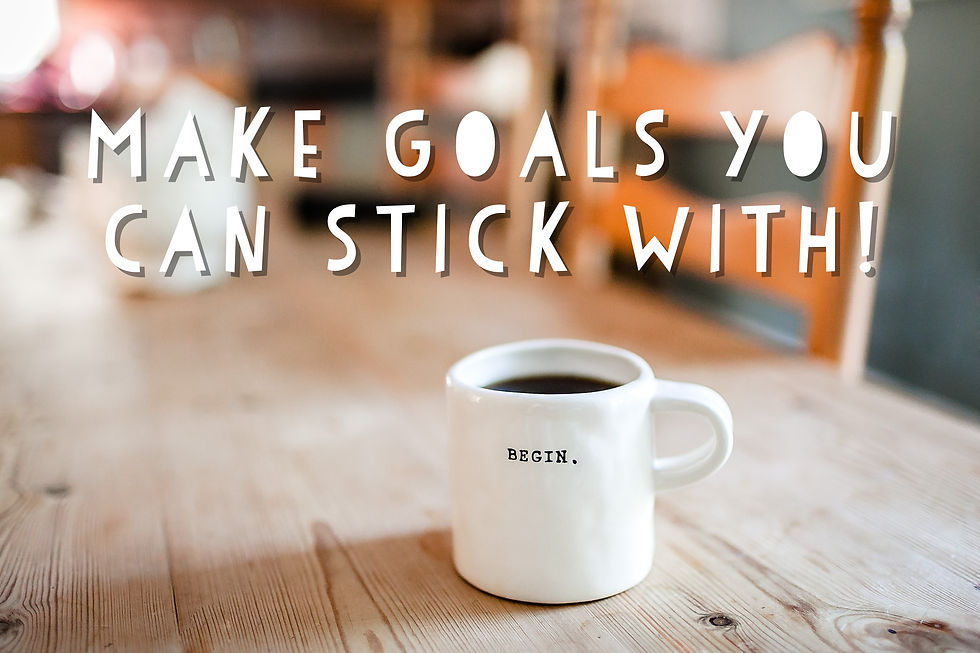Working on New Year's Goals with the Autistic Adult? Try these three tips.
- Dr. Theresa Regan

- Dec 27, 2019
- 3 min read
The NUMBER ONE mistake I see people make when trying to move forward is to make a goal that is not achievable.
FIRST: Understand the nervous system of the ASD individual to know the starting point for the goal.
For example, Robert Wadlow was the tallest man who ever lived. When he was one year old, he reached three feet five inches tall. At his tallest, he measured just under nine feet.

What would happen if his family gave him daily feedback that
they needed him to be shorter? Perhaps they had very good
reasons: he was too tall for the house, it hurt their necks to look up,
his height was hurting his health (he needed braces for his legs and
an infected blister eventually caused his death). Maybe they
created a consequence schedule for him including planned
rewards and punishments. Maybe they arranged for a "get
shorter "tutor."
Day after day and year after year, he only kept getting taller!
Even if he tried to crouch down or crawl instead of walk,
he wouldn't be able to reach the goal in a sustainable way. The only outcome would be shame and discouragement for Robert and frustration for his family.
If we don't understand what is achievable from a physical standpoint, we may ask people to reach goals they are incapable of reaching. For example, a person who is color blind will not benefit from daily "education and practice" about color perception and names. Don't create goals the ASD individual cannot meet neurologically.
SECOND: Start from the Beginning
Rather than identifying what you want the END point to be (loose 100 pounds, speak fluent French, or become a better conversationalist), looking at the end goal and trying to achieve that will set you up for failure. Instead, look at where you are NOW and think about what one step closer to the goal might look like.
Let's assume that an ASD individual has a goal of connecting better with coworkers. After much thought, she realizes that she doesn't greet people in the morning, follow up on things going on in their lives, stop by the offices of others to check in or compliment them, or apologize when she makes mistakes.
To set herself up for success, she decides to pick a first-step goal first: Greet others in the morning.
THIRD: What is my strategy?
You can't reach goals without a strategy. If we say we will "do better next time," and we rely on our will and desire to "do better", we will fail in the long term. That approach is not sustainable. Instead, think of a strategy for the improvement.
Perhaps the individual above decides she will set a timer for 6:55 am since she starts work at 7:00. The timer will go off with the message "greet coworkers." Although some may feel this leads to "false" social interactions, she really does want to connect better. However, her brain doesn't understand that her coworkers appreciate being acknowledged in the morning. Even though she doesn't need a greeting, many other people in the office do.
After a period of time, she can ask herself, is my approach to remembering to connect in the morning actually working. What is working well, and what part of my approach should I alter? If she achieves better morning interactions, then she can add a small step goal to move forward again.



